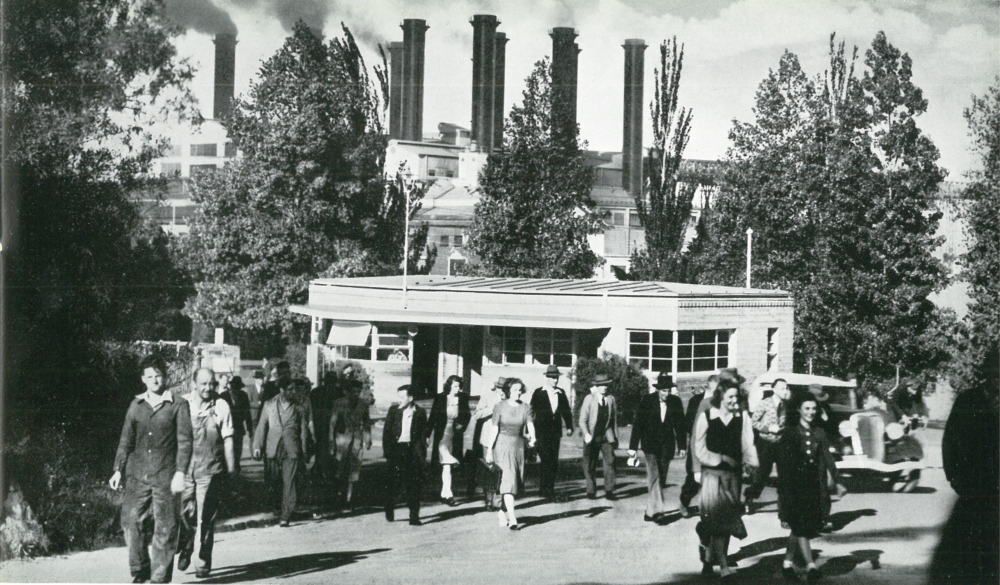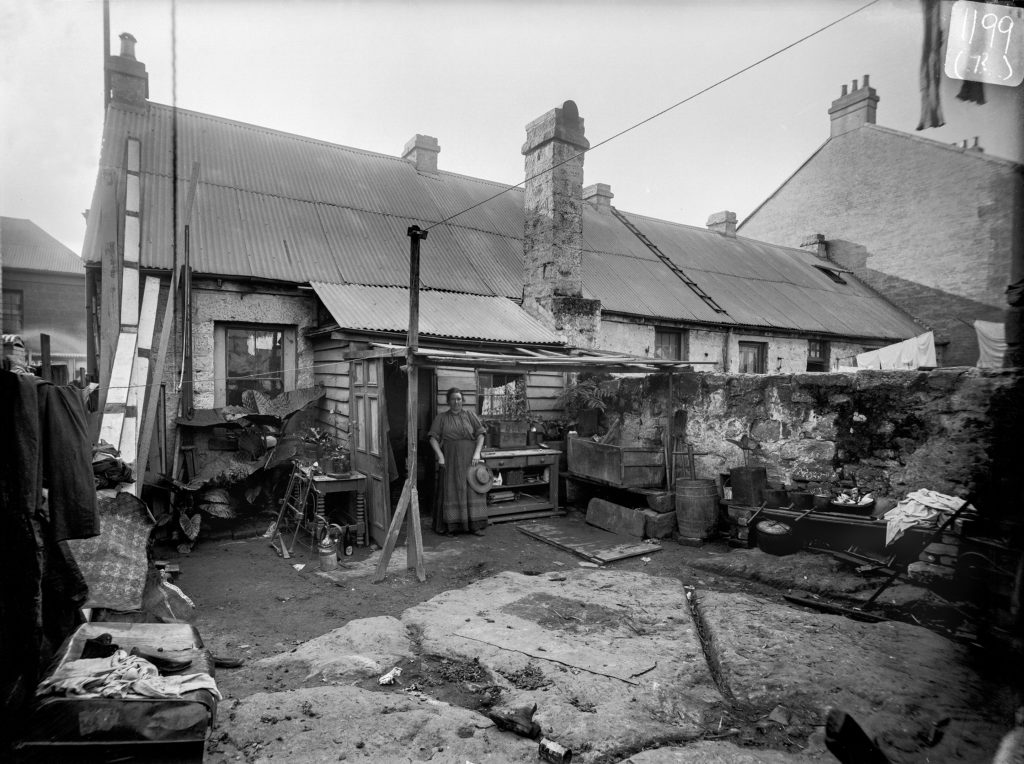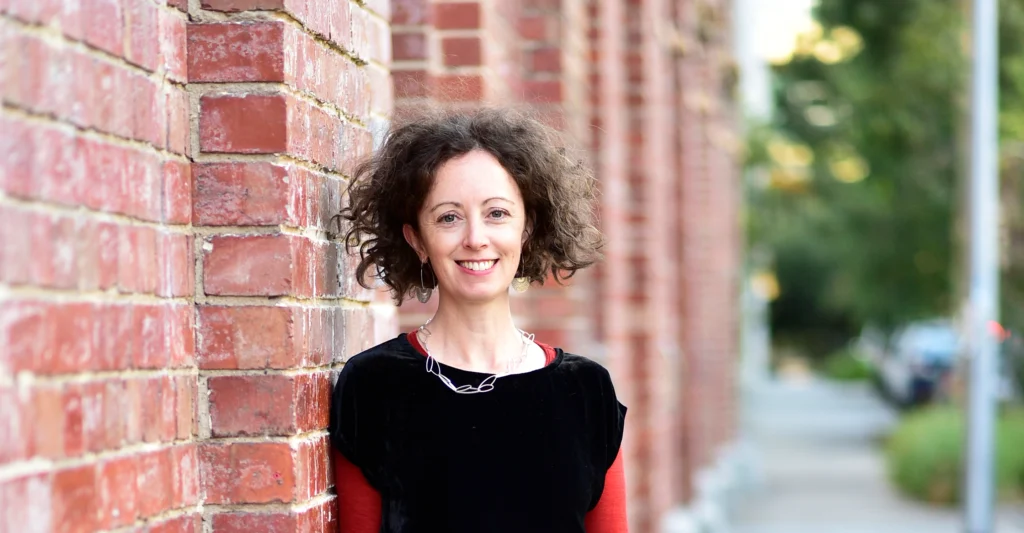
Latrobe Valley Social History
The Latrobe Valley is a regional area of Gippsland in Victoria, which has a unique history and heritage focused around agriculture, coal mining and power generation, timber production and manufacturing.
GML Heritage prepared a social history of the Latrobe Valley, to gain an understanding of the communities that have been associated with the region, including Traditional Owners, former SEC workers and immigrant and ethnic communities, and their relationship to this place.
In the wake of two government inquiries into the 2014 Hazelwood coal mine fire, the Department of Jobs, Precincts and Regions developed the Latrobe Valley Regional Rehabilitation Strategy in partnership with the Department of Environment, Land, Water and Planning (DELWP). This work is critical to ensuring ‘safe, stable and sustainable rehabilitated sites’ that will have a positive impact on the local communities, including understanding opportunities for a range of tourism and economic outcomes and heritage interpretation.
The study area for this project is large and diverse, with a complex social history. In addition to the industries that have shaped the valley there are rich and diverse stories of people, places, communities and happenings that needed to be told. The work was supported by a Review Committee made up of interested local residents, members of local historical societies and stakeholders.
The sources for investigating the history of the Valley, both as a region and as a network of places, are many and varied. In drawing on a wide range of sources, the social history endeavours to bring together many different views and perspectives of the Latrobe Valley.
The social history of the Latrobe Valley covers a range of topics. Whilst it is not comprehensive, it endeavours to fill a gap in the available material. It seeks to understand the relationship the people of the Valley have had with this place over time, against the broader background of significant economic and social change and a changing landscape, and the role of people, communities and place in shaping this story.
The social history will be used to inform planning initiatives, interpretation and place-making as part of the wider Latrobe Valley Regional Rehabilitation Strategy.
The social history of the Latrobe Valley will continue to be told and retold in different ways in the future, and will continue to be enriched by new voices and perspectives.


